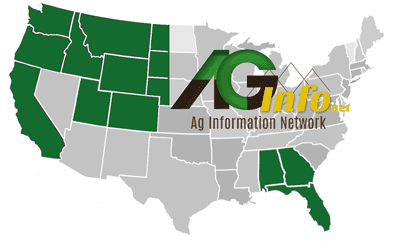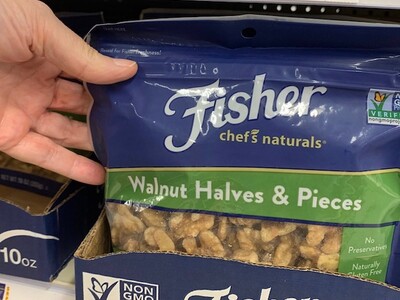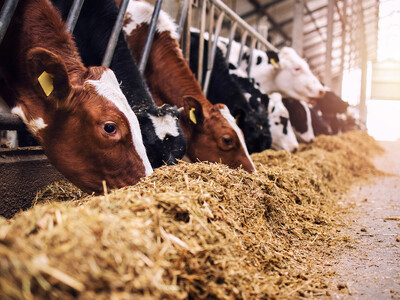The Importance of On-Farm Trials

Tim Hammerich
News Reporter
American agriculture is fortunate to be supported by numerous land-grant universities that work collaboratively to vet new ideas, but there are still questions about how a research environment will translate to each individual farm. Co-founder of the Iowa Nitrogen Initiative (INI) Dr. Mike Castellano says variation in agricultural landscapes and territories is one reason on-farm trials are still critical.
Castellano… “With the university trials, you know, you can make a really accurate and precise measurement of how much carbon there is. And with those university trials, we can do the same thing for nitrogen, of course. But the optimum nitrogen rate in a given year, in a given management system across just the state of Iowa varies from less than 50 pounds of nitrogen per acre to well over 350 pounds of nitrogen per acre. And so, to reduce that uncertainty, we need more than just academic experiments, but we need to be able to forecast and predict locations where we're not measuring, and years, and obviously, this is, the hindcast is of no use to this, unlike carbon, but for nitrogen, you have to forecast it ahead of time, how much am I going to need, And to do that, we really need to link the models and the data. And NIC allows us to, you know, relationships with farm tests and, uh, you know, places like Premier Crop Systems, they allow us to scale the experiments to hundreds of farmer fields. So we can collect that large amount of data to help run these models.”
Under the INI, Castellano has conducted over 300 unique experiments with more than 70 farmers.












